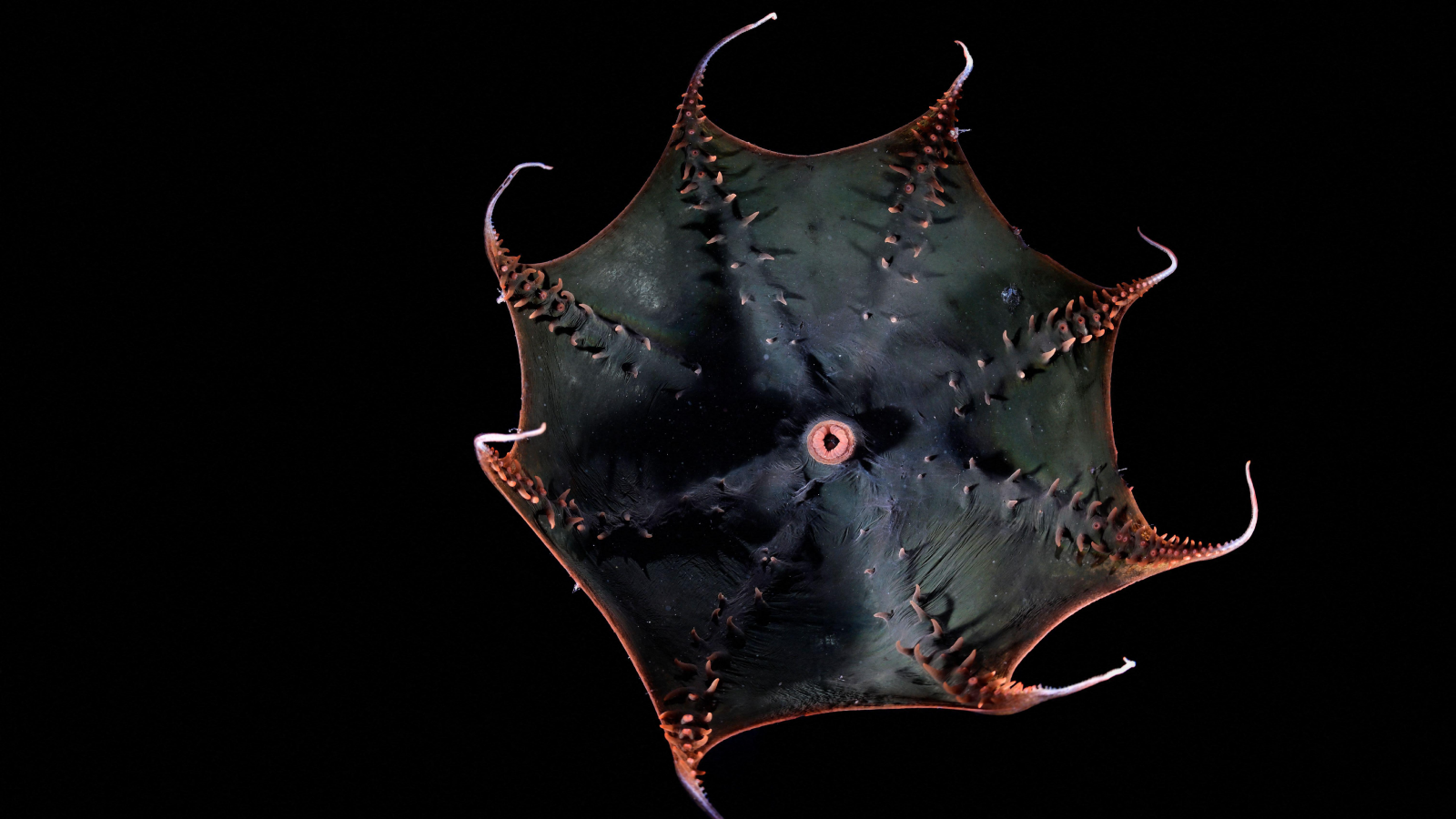Nanotyrannus isn't a 'mini T. Rex' after all — it's a new species, 'dueling dinosaurs' fossil reveals
An argument over whether fossils from several small dinosaurs represent a juvenile Tyrannosaurus rex or smaller adults of a separate species may finally be settled.
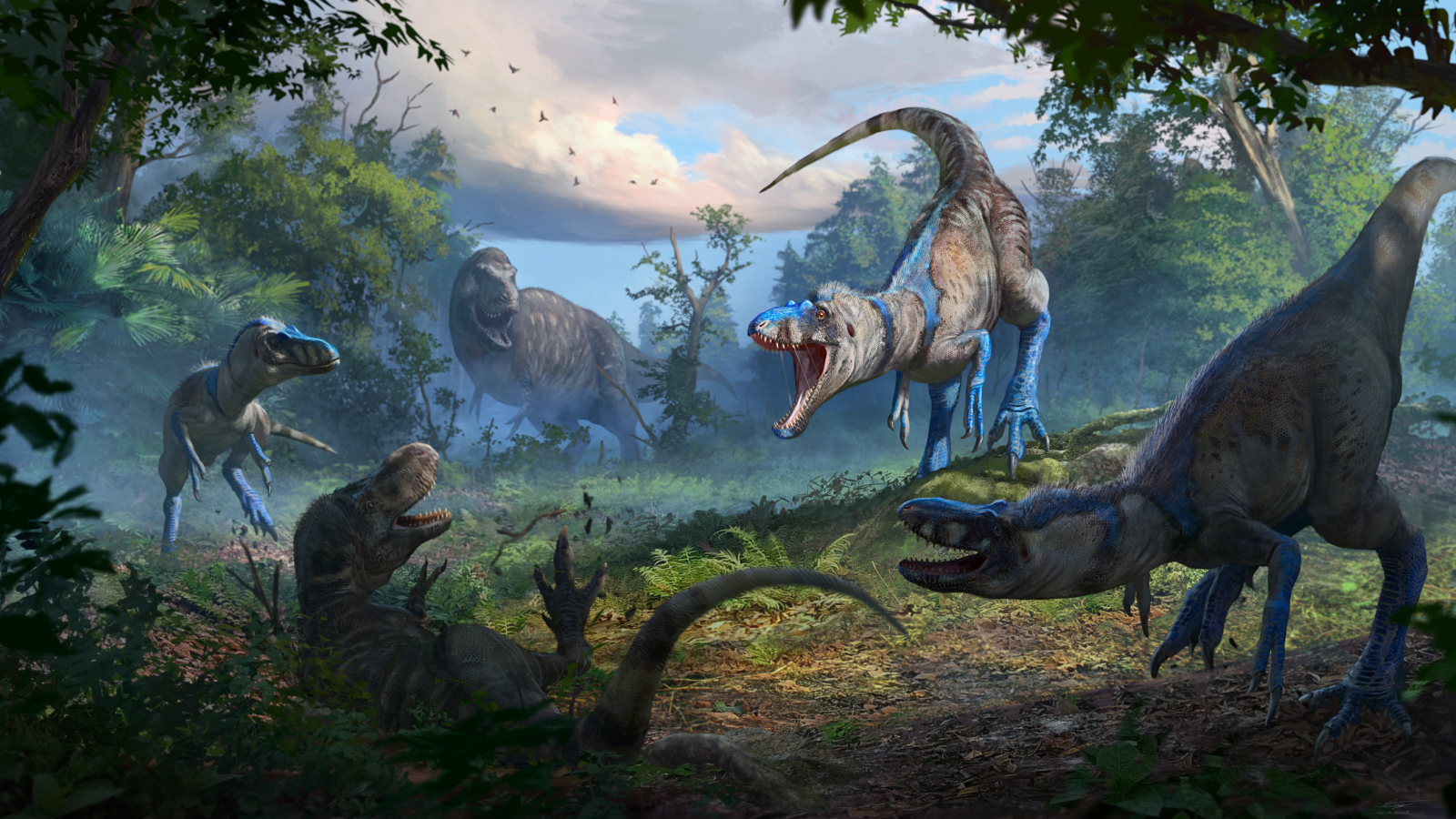
A pivotal new dinosaur study is finally settling a fierce, four-decade-long debate: Was the small tyrannosaur Nanotyrannus a distinct species or merely a teenage Tyrannosaurus rex? Now, a remarkably complete fossil reveals that Nanotyrannus was real.
For years, key fossils were thought by many paleontologists to be juvenile examples of Tyrannosaurus rex, which lived between 67 million and 66 million years ago in western North America. Rather than settling all arguments, however, this "nano" discovery opens a new chapter in understanding T. rex biology and further debate.
A key source of the argument has been a small 67 million-year-old tyrannosaur skull found in the Hell Creek Formation of Montana in 1942. It was given its own species name Nanotyrannus lancensis, in 1988, meaning that the species was based on a single skull, and no one knew what the rest of its body looked like.
"This has been one of the most controversial topics in all of dinosaur paleontology," study co-author Lindsay Zanno, a paleontologist at North Carolina State University and North Carolina Museum of Natural Sciences, told Live Science.
Apart from the isolated skull, the best skeleton of one of these small-body tyrannosaurs came from the Hell Creek Formation, which also spans parts of North Dakota, South Dakota and Wyoming. This specimen, known as Jane, was still rapidly growing and aged about 11 when it died, and differed in several ways from the lone skull.
Now, Zanno and study co-author James Napoli, an anatomist at Stony Brook University in New York, have described a complete tyrannosaur skeleton that is part of the "Dueling Dinosaurs" fossils, the 67 million-year-old remains of what seemed to be the most complete, yet small, T. rex on record and a Triceratops, possibly locked in combat when they died.
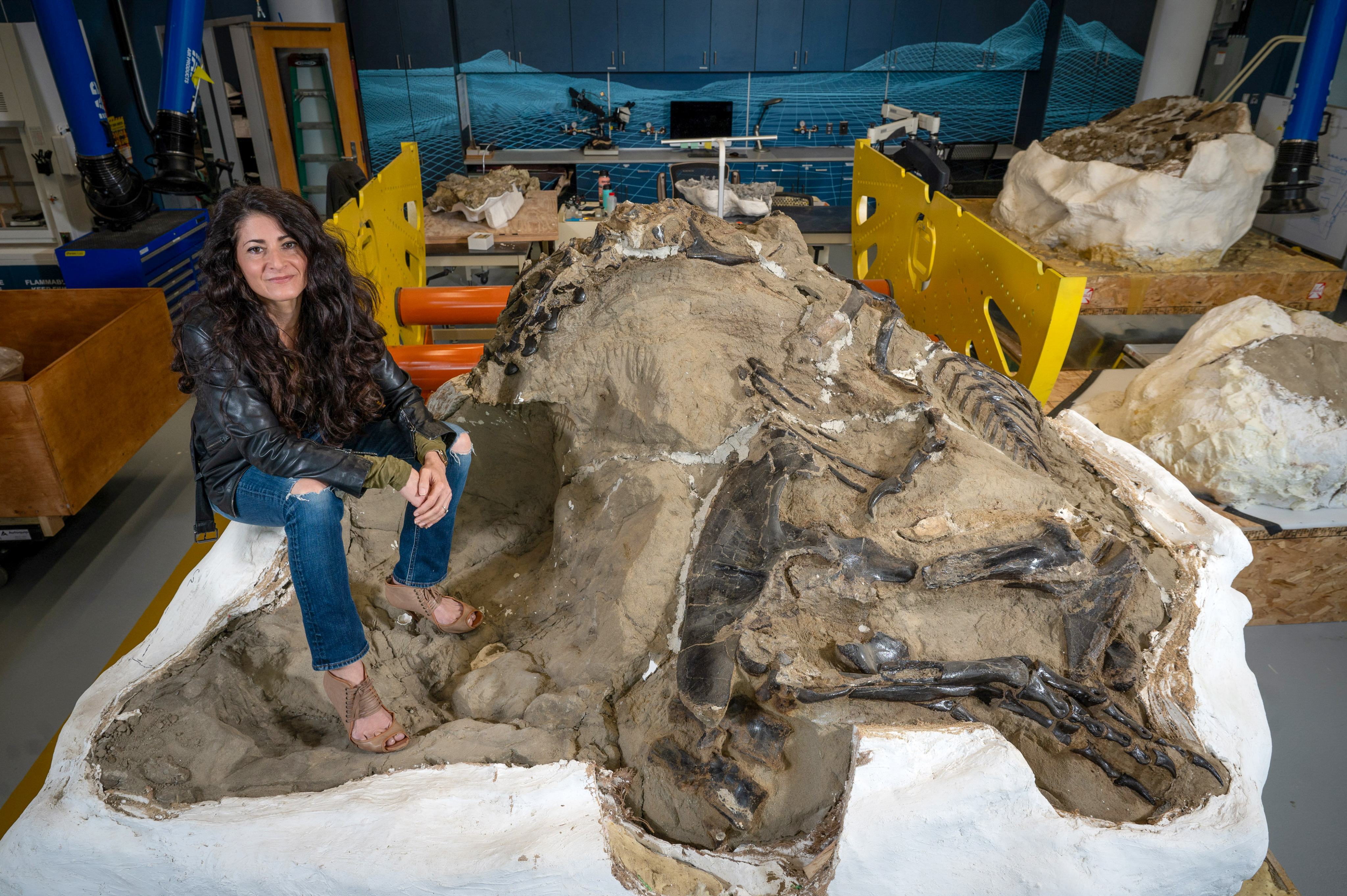
The case for Nanotyrannus
Zanno and Napoli say this "Dueling Dinosaurs" skeleton of a tyrannosaur, also from the Hell Creek Formation, isn't a T. rex and instead shares features with the N. lancensis skull. Crucially, their analysis of growth rings in the bones, spinal fusion data and developmental anatomy indicates that the fearsome dinosaur was about 20 years old and almost fully grown when it died, rather than being a juvenile.
Get the world’s most fascinating discoveries delivered straight to your inbox.
"We were able to take a thin section of the limb bones of this animal and determine that it was in fact, nearly a full-grown individual even though it was only half the length and about 1/10th of the mass of a full, grown T. rex," Zanno said.
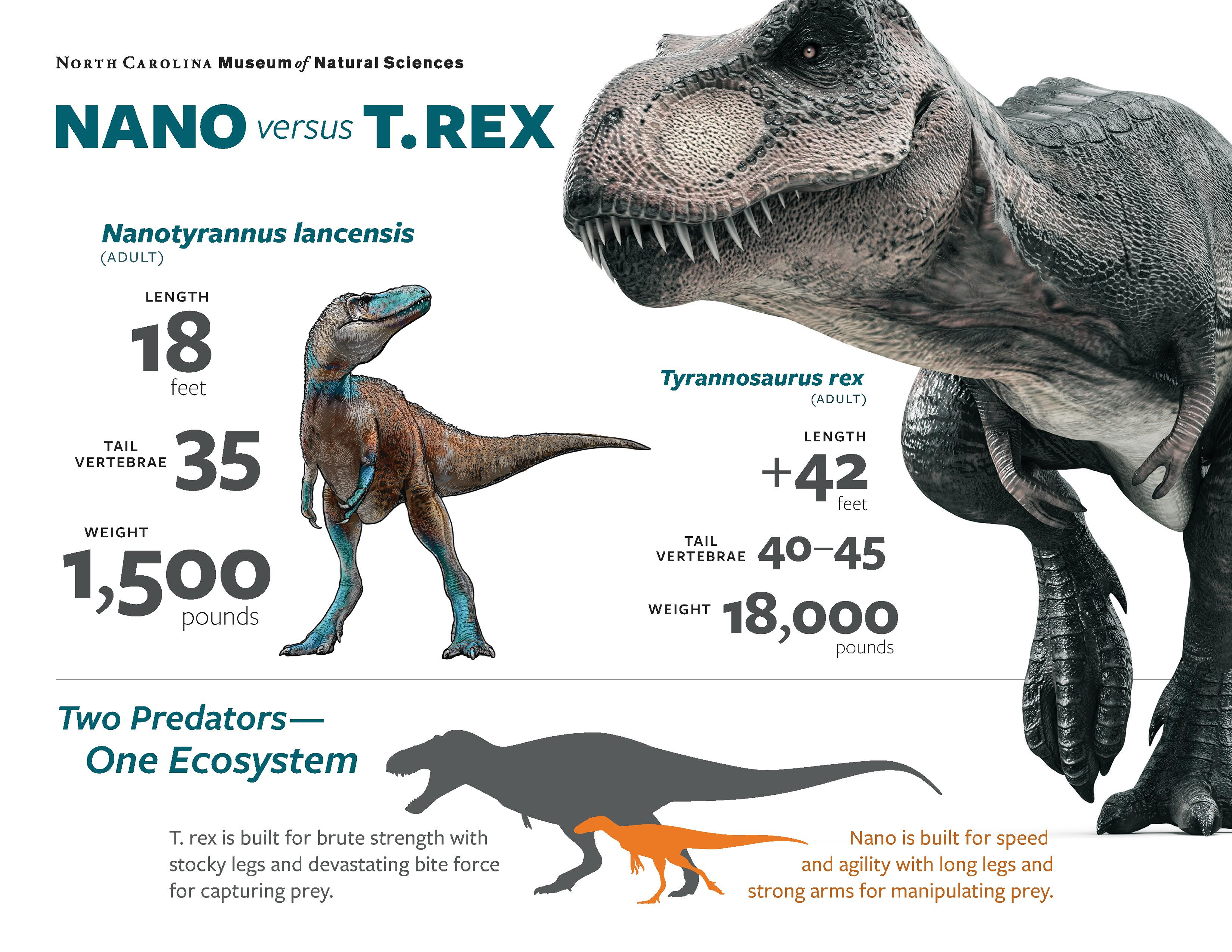
It would have weighed just 1,500 pounds (700 kilograms), whereas an adult T. rex would have weighed in at more like 14,700 to 18,000 pounds (6,700 to 8,200 kg). It also has larger forelimbs, more teeth, fewer tail vertebrae and distinct skull nerve patterns. The researchers reported the research on Thursday (Oct. 30) in the journal Nature.
The two dinosaurs would have had very different ecologies, Zanno said. T. rex was a bulky predator with a massive skull, powerful bite force and serrated teeth the shape of bananas. Nanotyrannus was small and slender, swifter and more agile, with enlarged hands and claws, which it would have used for prey capture, she said.
Paleontologists respond
The wider research community seems convinced by this new evidence that this small dinosaur and T. rex are different species.
"Fundamentally and on balance, it looks pretty solid," Dave Hone, a paleontologist at Queen Mary University of London, told Live Science. "I and many other people who have said we don't think Nanotyrannus is valid have always said that the main reason for this is we just don't have any apparent adult small skeletons and that's obviously a pretty big deal. And this really, really looks like an adult small skeleton."
Steve Brusatte, a paleontologist at the University of Edinburgh in Scotland, thinks similarly. "For many years in my research on tyrannosaurs, I've considered a set of smaller skeletons found in the same rocks as the famous skeletons of huge T. rexes to be juveniles of T. rex rather than a distinctive smaller species," he told Live Science in an email. "Evidence from this exquisite new specimen shows that I was wrong — at least in part. The case for Nanotyrannus, a species of long-armed tyrannosaur smaller than T. rex, looks strong, and I think proven beyond a reasonable doubt now."
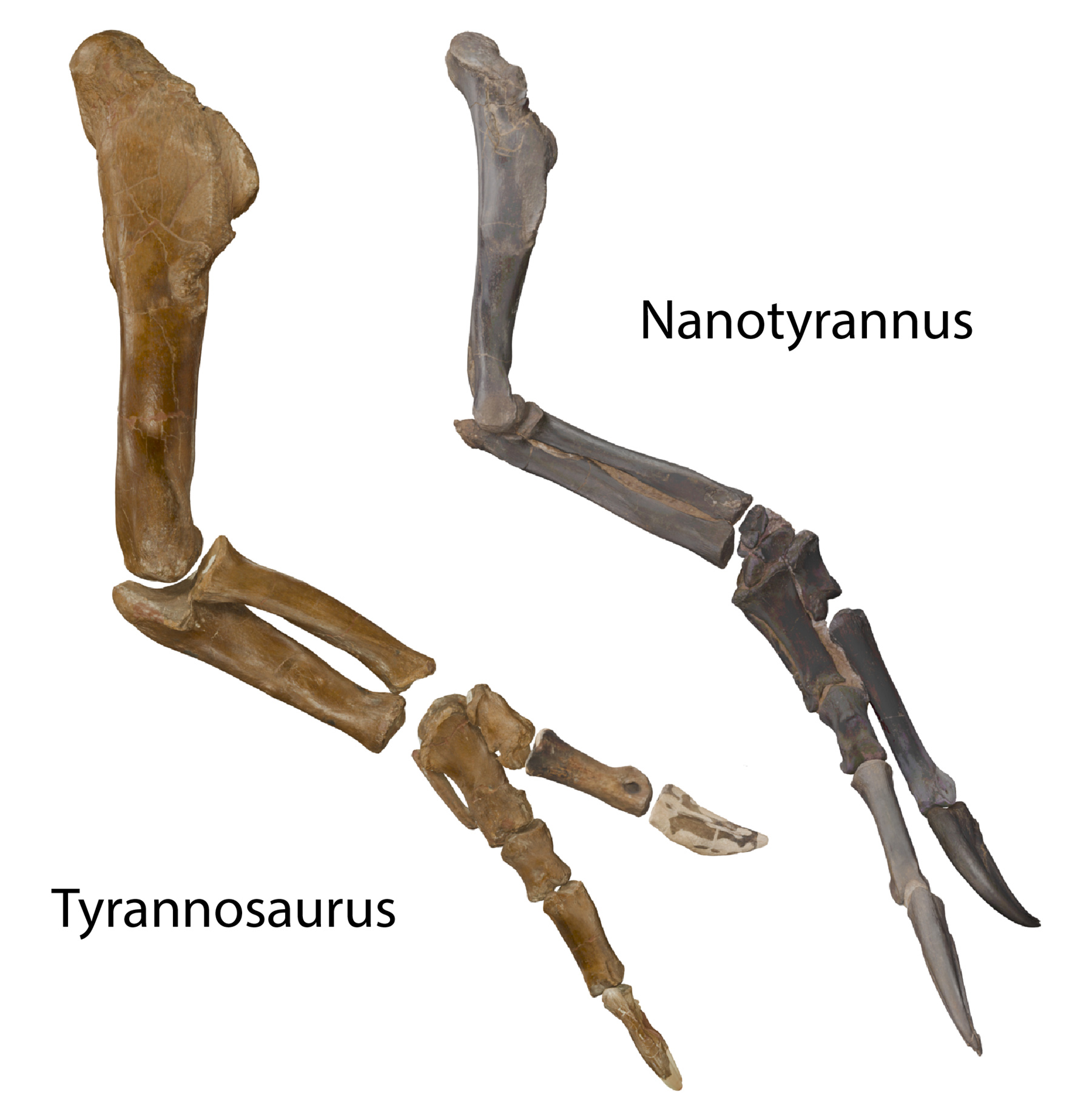
Thomas Carr, a paleontologist at Carthage College in Wisconsin who has previously argued that all the fossils are juvenile T. rex, has also changed his mind on that front. "I think they've shown decisively that the dueler is a small adult tyrannosaur, so I don't have a problem with that at all," he told Live Science.
However, Carr disagrees with the family tree that Zanno and Napoli suggest, which has Nanotyrannus as a more primitive group outside the Tyrannosauridae family. He said the specimen should be considered a sister species of T. rex, and should be renamed as Tyrannosaurus lancensis.
Is Jane a new species?
Other parts of Zanno and Napoli's paper are more controversial. They examined more than 200 other tyrannosaur fossils, and say that the Jane skeleton differs both from T. rex and the dueling N. lancensis. Jane would have been slightly larger than the dueler, and has a unique sinus pattern in the palate and a differently shaped bone behind the eye.
This leads them to suggest that Jane represents a new species, Nanotyrannus lethaeus — named for the River Lethe from Greek mythology — although they haven't yet described it fully.
"They may have been separated in time or they may have been overlapping and that's something we are not sure of yet," Zanno said.
Barring further finds that shed more light on Jane's anatomical features, the distinctions here are sufficient to justify two species, Thomas Holtz, a palaeontologist at the University of Maryland, told Live Science in an email.
But many researchers remain unconvinced regarding Jane being a new species. "This second described species of Nanotyrannus is based on a small skeleton that clearly had not stopped growing, so I think it's frankly very hard to tell if this was a Nanotyrannus or a juvenile T. rex," Brusatte said.
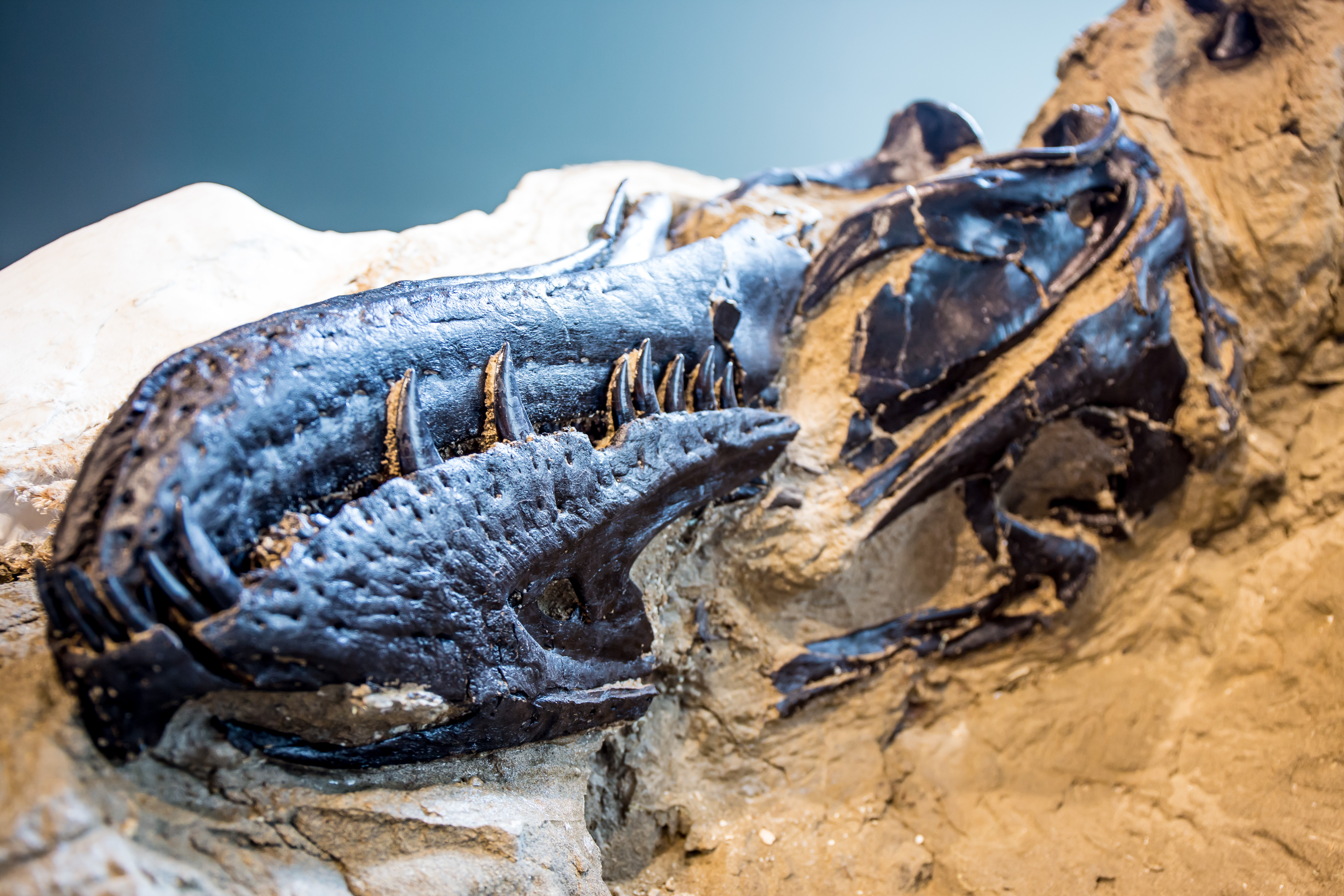
The fossilized snout of Nanotyrannus, which has different nerve patterns, sinus structures and more teeth than T. rex does.
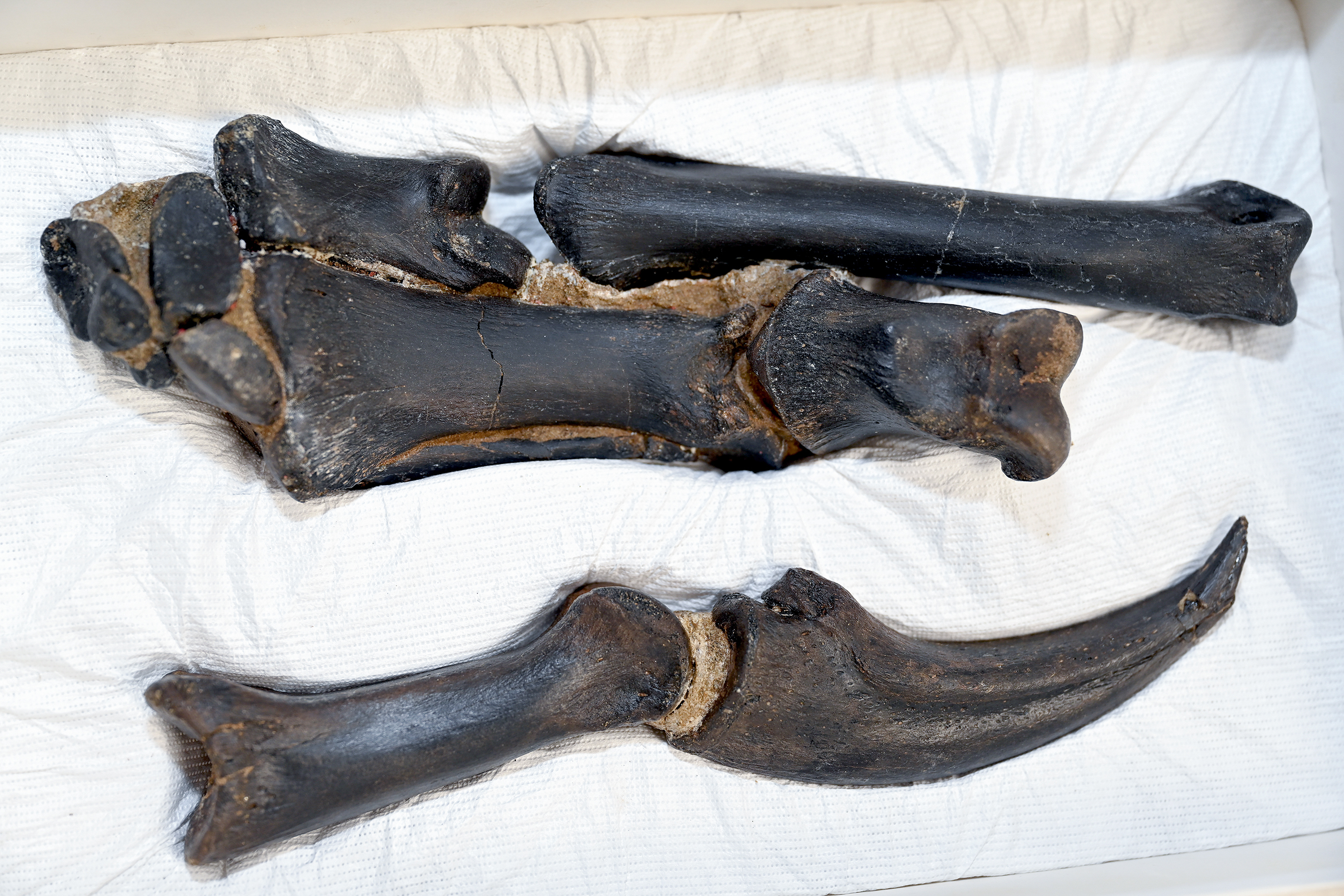
The right hand bones of Nanotyrannus lancensis
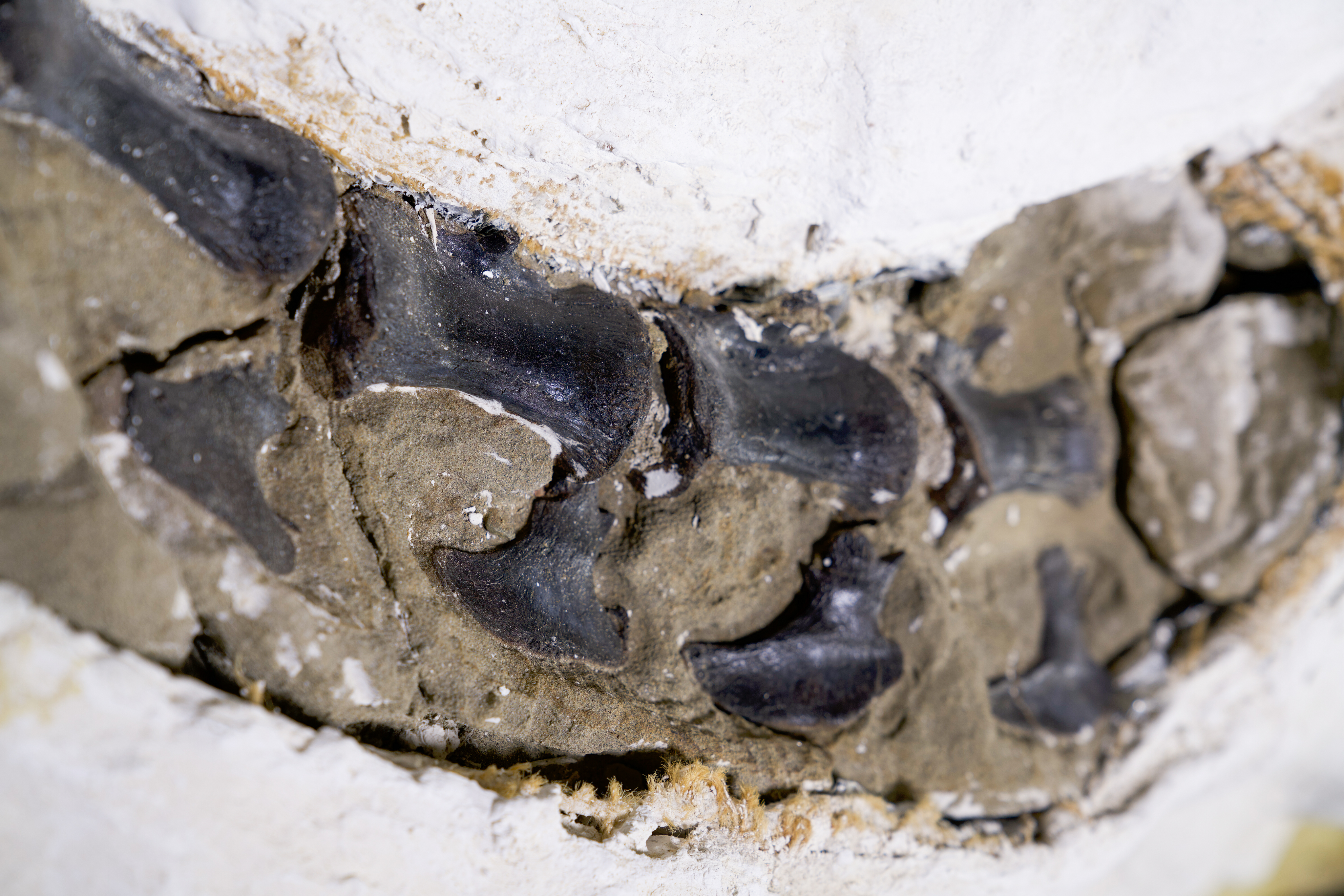
The first complete tail on record of Nanotyrannus lancensis from the Dueling Dinosaurs specimen.
"I have a different way of looking at the evidence and that is that Jane is a juvenile T. rex," said Carr, who has studied Jane extensively.
The new study suggests that more than one tyrannosaur species shared the same western North American ecosystem in the final million years before the asteroid impact some 66 million years ago, Zanno said.
"I certainly don't have any a priori problem that there's more than one species of carnivore out there at the same time," Hone said. "It was very weird that there were no others."
But if most of the smaller tyrannosaurs at Hell Creek are species other than T. rex, as Zanno and Napoli suggest, that means there is a lack of analyzed juvenile skeletons that are definitely of T. rex.
"Tyrannosauruses were running around for several million years," Hone said. "They're massive, we found loads of adults and they don't just pop into existence at 10 meters [33 feet] long and 5 tonnes [5.5 tons]. So, where, where are the juveniles?"
This lack of juvenile specimens also means we have to re-evaluate ideas of how T. rex grew — the previous idea was that the species changed quite dramatically as it reached maturity. "We have to rethink a lot of what we know about T. rex life history, growth, paleobiology, because Nanotyrannus has been used as data to understand T. rex and its biology for decades," Zanno said.
She, Hone and Carr suggest that models of T. rex growth should be based on the development of one of its closest relatives, a dinosaur called Tarbosaurus bataar from Mongolia, for which many skeletons ranging from baby to adult exist. Tarbosaurus young look like scaled-down adults rather than having bigger skeletal differences.
"The overarching mic drop of this paper is that Nanotyrannus is real, its own distinct tyrannosaur species, and that necessitates a fundamental reassessment of tyrannosaur classification and evolution," Brusatte said.

Chris Simms is a freelance journalist who previously worked at New Scientist for more than 10 years, in roles including chief subeditor and assistant news editor. He was also a senior subeditor at Nature and has a degree in zoology from Queen Mary University of London. In recent years, he has written numerous articles for New Scientist and in 2018 was shortlisted for Best Newcomer at the Association of British Science Writers awards.
You must confirm your public display name before commenting
Please logout and then login again, you will then be prompted to enter your display name.


